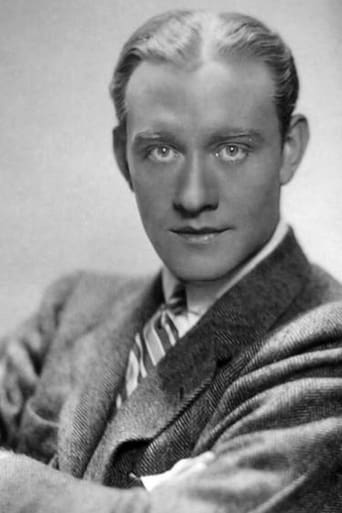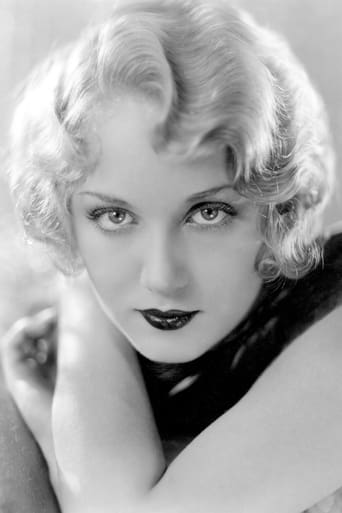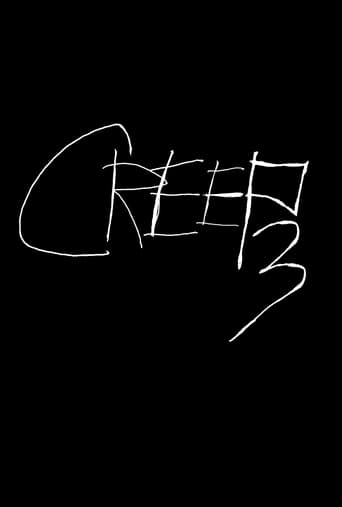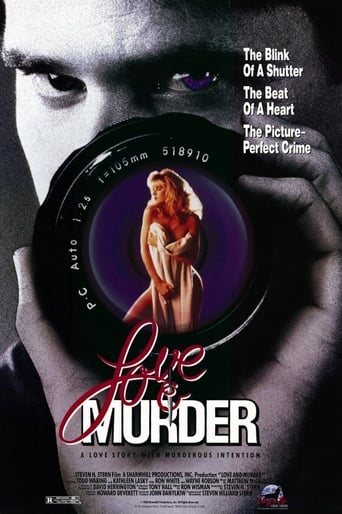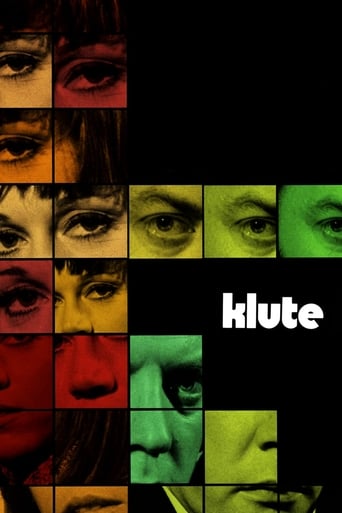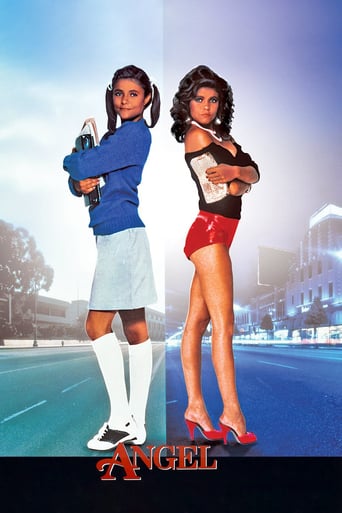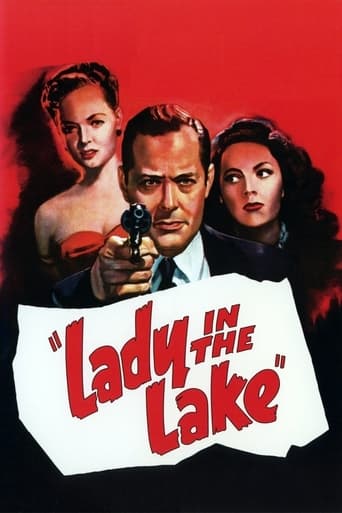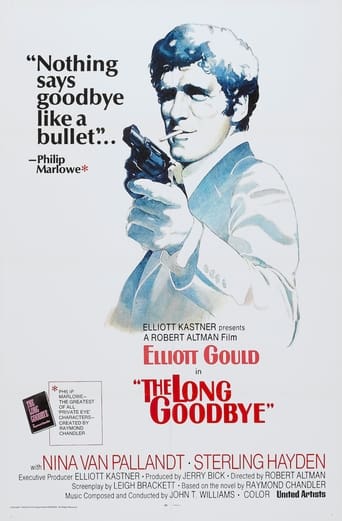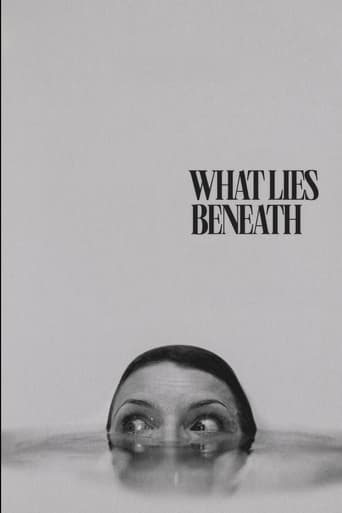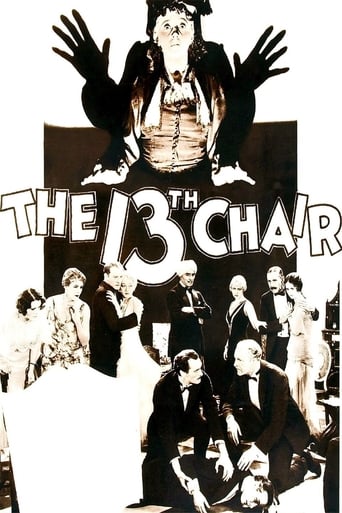

The Thirteenth Chair (1929)
Although his murdered friend was by all accounts a scoundrel, Edward Wales is determined to trap his killer by staging a seance using a famous medium. Many of the 13 seance participants had a reason and a means to kill, and one of them uses the cover of darkness to kill again. When someone close to the medium is suspected she turns detective, in the hope of uncovering the true murderer.
Watch Trailer
Cast


Similar titles
Reviews
Quite surprisingly, an awful film. I've liked a lot of director Tod Browning's films, both before and after this effort (He Who Gets Slapped (1924), The Unknown (1927), Where East is East (1929), Freaks (1932), and The Devil-Doll (1936)), but this one is uncharacteristically dry as toast. One common factor from another film of his that I didn't care for as much as others (Dracula (1931)) is Bela Lugosi, who I find wooden and awkward, but he doesn't account for all of the film's problems. Everyone is wooden and awkward. It's is a shame, because also in the cast is Margaret Wycherly, who was so great in White Heat twenty years later, and Leila Hyams, a lesser-known actor who I've liked seeing in supporting roles in other films from this era.The sins of the film are many. The direction and editing is so poor it's hard to fathom from Browning, though I read later that some of his issues stemmed not only from sound being a new and limiting technology, but that sound director Douglas Shearer (brother of Norma) was part of the problem. I'm not sure if that's true or false, but regardless, the end product is awful, visually and sound-wise. It doesn't help that the quality of the surviving print has degraded, often making it hard to understand the dialogue. I can't recall a single scene or moment that I thought was truly good; almost all of the action takes place in a single room, and it's worse than stagey. There is never a 'wow' or macabre moment, or even an interesting turn of the plot. What could have been an interesting story along the line of an Agatha Christie mystery, with all of the potential culprits in the room with the detective sifting through the facts, becomes an exercise in tedium, moving at a snail's pace. I advise avoiding this one like the plague.
Not just your ordinary filmed stage play, Tod Browning's production, "The Thirteenth Chair", is your ineptly filmed stage play. In fact, it is probably the most ineptly filmed stage play of all time. This was not director Tod Browning's fault, nor can the blame be laid at the feet of the players, nor the scriptwriters, nor photographer Merritt B. Gerstad, nor film editor Harry Reynolds. The gentleman entirely responsible for this debacle turns out to be the brother of Metro-Goldwyn-Mayer's reigning star, Norma Shearer – a gentleman by the name of Douglas Shearer who literally called the shots on this production. Unfortunately, director Tod Browning did not feel he had enough clout to tell Mr. Shearer to get lost – as Victor Fleming, for example, did to the sound men at Paramount when he was making his first talkie. Thus there are long pauses here and there because Mr. Shearer didn't know how to edit sound and therefore forced the players to wait at the beginning of each reel until the visuals were loaded and the film had reached a point where the sound track could cut in. Then Mr. Shearer or his assistant would wave a handkerchief or a flag (depending upon which of the players is telling you this story – maybe he used both) and the actors would start talking. Despite all the cards laid against them, however, Margaret Wycherly and Bela Lugosi come out of this quagmire with all flags flying. Admittedly, they have the best lines and best bits of business. As for the murder mystery – I saw the movie on TCM only two hours ago and already I've forgotten who murdered who, but I can tell you for a fact that neither Margaret nor Bela did it!
Early talkie feature based on a popular stage play. A murder has been committed and a bunch of people hire a medium to conduct a séance to see who the murderer is. While the lights are out there's ANOTHER murder...so it's someone in that room.What follows is an obvious, dull and creaky murder mystery. Most of the cast overacts to a ridiculous degree. They act like they're on stage (where you have to overdo things) and it looks silly on screen. Most embarrassing is Bela Lugosi (two years before "Dracula") who REALLY overdoes it as a police inspector. Static direction by Tod Browning (who was always overrated) doesn't help.For Browning and Lugosi completists only. I give it a 3.
Directed by Tod Browning, The Thirteenth Chair is a well-written and acted murder mystery from a time (1929) when, due to primitive sound recording techniques, the camera had to remain in one place during a scene. The result is that the movie, while well-designed, is rather static visually. It more than makes up for this by having an exciting, if at times rather hard to follow plot, and an ingenious script with enough twists and turns in the plot to satisfy most mystery fans. For claustrophiles the movie is a delight: no one goes ANYWHERE in this film. There are some interesting visual and spatial peculiarities in the movie, such as very high ceilings on the sets, and more obviously fake than usual exteriors just outside the windows. People have a way of assembling in rooms rather than just sitting there or milling around, which gives the movie an offbeat, ritualistic feeling; probably typical enough in the theater of the time, but unusual in a film. The actors, notably Margaret Wycherly, are quite good, with Bela Lugosi giving an energetic reading of a shrewd police detective in a quite different key from his later work. One can't help but wonder what sort of screen actor Lugosi might have become had he not been typecast in horror roles. Leila Hyams is radiant as one of the chief suspects, and it's remarkable that she didn't become a bigger star, on looks alone. There is no pace to speak of in the film, as the story proceeds by dialog, and by people entering and exiting rooms on cue. Nor are there any of the typical Browning flourishes, as the movie seems anonymously directed. But the script is very tight, and there are some surprises along the way, and moments of unexpected warmth and feeling that make this a watchable and satisfying antique.


